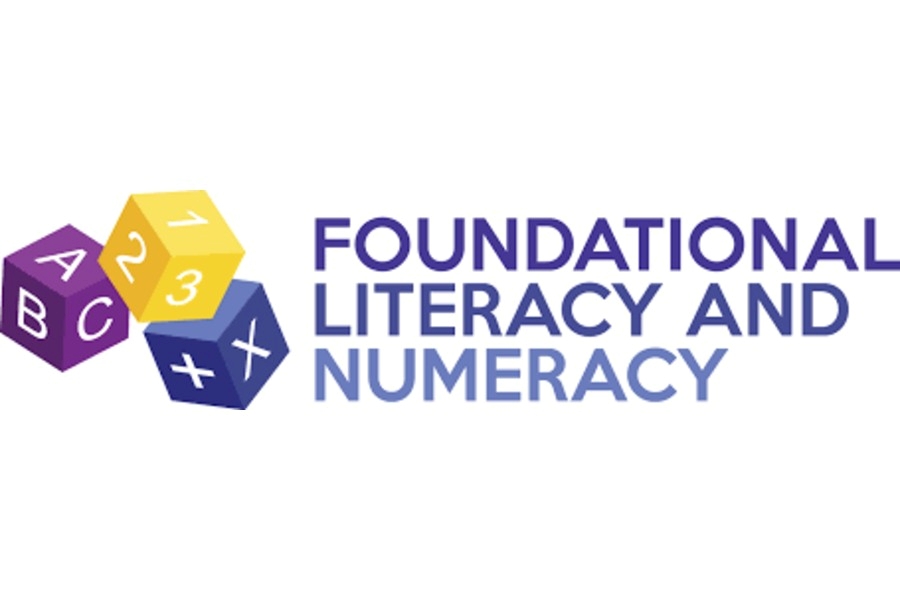In a country where millions of children grow up without access to creative outlets, unlocking artistic potential becomes more than just a privilege—it becomes a pathway to dignity, confidence, and self-expression. In this exclusive conversation with TheCSRUniverse, Mr. Ankit Jain, Founder, Specta Quartz, shares the story behind “Colouring Dreams of India’s Children”, a transformative CSR initiative launched in collaboration with CRY (Child Rights and You).
Rooted in the launch of India’s first pastel quartz collection—Pastel Poise—the campaign goes beyond beautiful interiors to nurture young imaginations through art-based interventions in underserved communities. With ₹500 from every slab channeled into child development programmes, the initiative aspires to reach over 30,000 children across CRY’s priority geographies.
Mr. Jain reflects on the genesis of this purposeful partnership, the art-led activities designed to ignite creativity, and how Specta is integrating its design ethos to drive social impact beyond business. From building cognitive skills to inspiring storytelling and mural-making, this campaign blends innovation with empathy—setting a powerful example of how brands can co-create measurable change with credible NGOs.
Q/A
Q. What inspired Specta to collaborate with CRY for the “Colouring Dreams of India’s Children” campaign, and how does this partnership align with your broader brand vision of transforming lives through art?
A. For us at Specta, our business isn't just about crafting exquisite surfaces; it's deeply rooted in the philosophy of constant innovation, significant investment in excellence, and, crucially, a heartfelt commitment to giving back to the community that empowers our growth. When we envisioned our latest range, 'Pastel Poise' – truly a first of its kind for India – we felt an undeniable pull to make society an integral part of this success story.
The inspiration was organic. Pastel shades, by their very nature, are artistic. They bring a subtle yet powerful transformation to interiors, offering a fresh aesthetic for those who wish to move beyond the traditional whites, greys, and blacks. This artistic quality resonated deeply with our desire to transform lives for the better, not just spaces. Partnering with CRY, a prominent and respected NGO, became a natural, almost instinctive choice. We saw an immediate alignment with their mission to nurture creativity in children. Our current education system, while robust in academics, often inadvertently overlooks the weight and importance of artistic knowledge. Through 'Colouring Dreams,' we intend to lovingly fill these gaps, much like the beautiful Japanese art of Kintsugi repairs broken pottery with gold, celebrating its history and making it even more precious. It's about ensuring holistic development that truly lights up a child's entire future.
Q. Could you elaborate on the specific art-based activities or programmes that will be rolled out in CRY intervention areas? How were these chosen to nurture creativity, confidence and cognitive development among children?
A. While the finer details of the art-based activities are being meticulously shaped in close collaboration with CRY's on-ground experts, the essence of our program is simple: to equip underprivileged children with the fundamental tools and, more importantly, the compassionate mentorship they need to truly unlock their innate artistic voices. Our approach is not about rigidly prescribing a curriculum; it's about empowering boundless expression. Whether it's through the joy of creating vibrant canvases, the satisfaction of crafting unique pieces, or the magic of imaginative storytelling guided by powerful visual cues, we aim to open new worlds for them.
These activities are chosen with a deep, intuitive understanding of their power. They don't just nurture artistic skill; they foster an authentic self-expression that builds an unshakeable confidence, one that will radiate into every single facet of a child’s life. Furthermore, they are thoughtfully designed to stimulate cognitive development by encouraging natural problem-solving, enhancing focus through immersive engagement, and exponentially expanding their imaginative horizons, transforming the very act of learning into an utterly joyous and liberating act of creation.
Q. With ₹500 earmarked from every Pastel Poise slab, what is the projected annual contribution to CRY? How will the funds be channelled and monitored to ensure transparency and measurable impact?
A. At the very heart of this campaign beats a clear, unwavering commitment: a resolute ₹500 will be contributed to CRY for every single slab of our new Pastel Poise collection that finds its way into a home. While providing an exact annual projection at this nascent stage would be premature, the brilliance of this model lies in its inherent transparency and scalability. Every single purchase becomes an immediate, tangible act of support.
These vital funds are meticulously channeled directly into CRY’s long-established and highly effective programs, specifically identified for their proven ability to foster artistic development among children. Our entire partnership is built on a bedrock of mutual trust and commitment to accountability. We work hand-in-hand with CRY, relying on their rigorous internal monitoring and comprehensive impact assessment frameworks. This ensures that every rupee contributed fuels the intended artistic and developmental initiatives, guaranteeing both judicious use of funds and, most importantly, a measurable impact on young lives.
Q. Which regions or states in India will be prioritised under this partnership, and what criteria guided your selection (e.g., existing CRY projects, underserved demographics, access to arts infrastructure)?
A. Our collaboration with CRY ensures that the "Colouring Dreams of India’s Children" campaign will intently prioritize those regions and communities across India where children are most underserved, where access to vital creative outlets is tragically scarce, and where the nurturing of imagination can genuinely transform entire life trajectories. This strategic prioritization is guided by CRY's extensive on-ground research and their understanding of specific intervention areas. It's about ensuring our efforts resonate most deeply with existing projects that can truly maximize both reach and impact among the most vulnerable demographics, ensuring our help finds those who need it most.
Q. You’ve set an ambitious goal of reaching over 30,000 children. Can you break down how this figure translates into the number of schools, community centres or project clusters, and the timeline for achieving it?
A. While CRY, through its incredible network, already touches innumerable lives, we have calculated that a minimum of 30,000 children will benefit from this partnership. This figure, far from being overly ambitious for us, represents a baseline, derived from our understanding of working across at least 10 key projects. For Specta, 30,000 is just the starting point of our journey. We are driven by a burning desire to make a profound difference in the lives of many, many more children, and we are actively working towards ensuring this positive change expands rapidly and exponentially. Our goal is a deep commitment to nurturing boundless potential.
Q. What qualitative indicators—such as improvements in self-expression, school attendance or community engagement—will you and CRY track to gauge the transformative impact of the campaign?
A. Beyond the mere numbers of financial contribution, the true success of "Colouring Dreams of India’s Children" will be measured in the palpable shifts we witness in the children's lives. Our partnership with CRY is fundamentally geared towards fostering holistic development in every child. We are eager to track those qualitative indicators that speak to transformation: a newfound, uninhibited freedom in self-expression blossoming through their art; a visible surge in confidence as they bravely create and joyfully share their work; and a deeper, more engaged participation not just within their creative workshops, but potentially extending to improved school attendance and more active, enthusiastic community involvement. Ultimately, our deepest aim is to witness a burgeoning sense of hope and possibility ignite within each child, reflecting the vital role creativity plays in shaping happy, healthy, and safe childhoods.
Q. How is Specta integrating its design expertise, manufacturing strengths or distribution channels to add value beyond financial support—for instance, by supplying materials, volunteers or mentorship?
A. Our foundational commitment to the "Colouring Dreams of India’s Children" campaign centers on the direct financial contribution of ₹500 from each Pastel Poise slab sold. This forms the immediate, tangible, and impactful backbone of our support. While we are in the initial phases of rolling out this particular campaign, we are exploring avenues where our core strengths can further enrich these life-changing programs. Some ideas under consideration include supplying specific art materials that resonate with our own passion for quality, inspiring unique creative design challenges that tap into our industry's talent, or even facilitating invaluable mentorship from within our design community.
Q. Pastel Poise is celebrated as India’s first pastel quartz line. Why did you choose this particular collection as the vehicle for the campaign, and how has customer response influenced early outcomes?
A. The choice of Pastel Poise as the vehicle for this campaign was deeply intentional, forging an organic, emotional connection between product and a vital human purpose. As India's pioneering line of pastel quartz stones, Pastel Poise in itself represents an artistic breakthrough – a nuanced, gentle palette that empowers designers to compose spaces with a softer, more poetic grammar. It’s a collection that breathes subtle artistry into living environments, much like a child’s blossoming creativity tenderly colors their entire world.
By linking this collection to "Colouring Dreams of India’s Children," we are celebrating creativity at both the grand architectural scale and the tender, micro-level of a child’s development. The early customer response has been overwhelmingly positive. This immediate resonance reinforces our conviction that consumers today are not just acquiring a beautiful surface; they are making a conscious choice, investing in a vision that now visibly contributes to shaping brighter, more colorful futures for our children.
Q. Have there been any standout stories—such as a child’s artwork, a community mural or increased school engagement—that illustrate the campaign’s early impact? How are you capturing and sharing these narratives?
A. As we are still in the initial phase of establishing a robust framework for this partnership, the most detailed, specific individual standout stories—like a particular child’s transformative artwork or a vibrant community mural—are still under works. However, we are aware that the very essence of this initiative lies in fostering precisely these kinds of transformative moments. We are committed to capturing and sharing these powerful narratives as they unfold – the fearless strokes of a child’s brush, the burgeoning confidence shining in their eyes, the ripple effect of creativity weaving through their communities.
These stories and personal triumphs will be the true testament to the campaign's success. We are incredibly excited to share them across various platforms, ensuring they reflect the profound, tangible human connection that lies at the very core of this endeavor. To amplify this message and truly inspire, we've also joined hands with the legendary Sand Artist, Padma Shri Sudarsan Pattnaik. His own incredible journey, from humble beginnings to global recognition through art, is an immensely powerful and inspiring narrative for any child who dreams of following their artistic passions.
Q. What were the key considerations while selecting CRY as your implementation partner? What can other corporates learn from this model of co-creating social impact with credible NGOs?
A. The selection of CRY as our implementation partner was a decision rooted in deep consideration and a shared vision. First and foremost was their impeccable credibility and decades of unwavering dedication to child rights across India. Their boots-on-the-ground understanding of intervention areas and a proven track record of creating measurable impact were absolutely paramount for us.
Beyond just the logistical alignment, we sought a partner whose fundamental philosophy resonated with the soul of Specta. CRY's powerful belief that "nurturing creativity is not a luxury, but a fundamental part of a child's development and right" perfectly mirrored our own understanding of imagination's transformative power.
From this collaborative model, other corporates can draw invaluable lessons for co-creating social impact:
Authentic Alignment is Key: Seek out NGOs whose core mission doesn't just complement, but genuinely aligns with your brand's intrinsic values, leading to a far more cohesive and meaningful partnership.
Prioritize Proven Impact: Don't just look for size, but prioritize partners with a robust history of effective program implementation and transparent, accountable reporting. This builds trust, internally and externally.
Go Beyond Philanthropy: True impact means moving beyond mere chequebook donations. Co-create initiatives where the NGO's deep expertise in social development meets the corporate's unique strengths, forging a truly symbiotic value.
Cultivate Shared Vision & Trust: Foster a relationship built on mutual respect and a shared vision. This creates an environment where both entities can genuinely thrive in their collective pursuit of positive, lasting change.



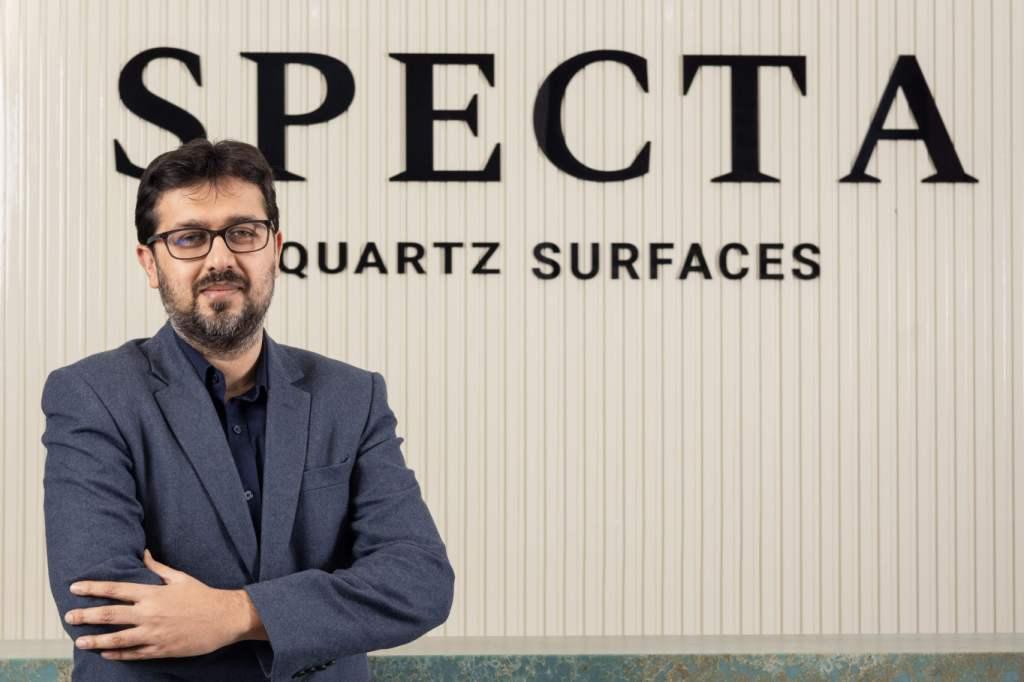



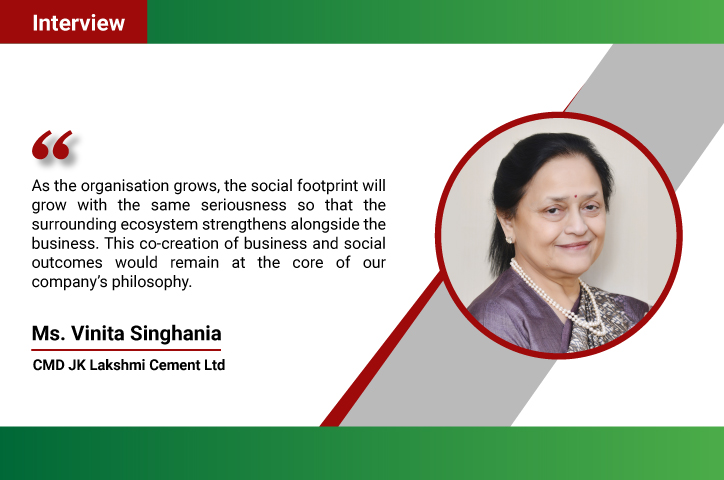


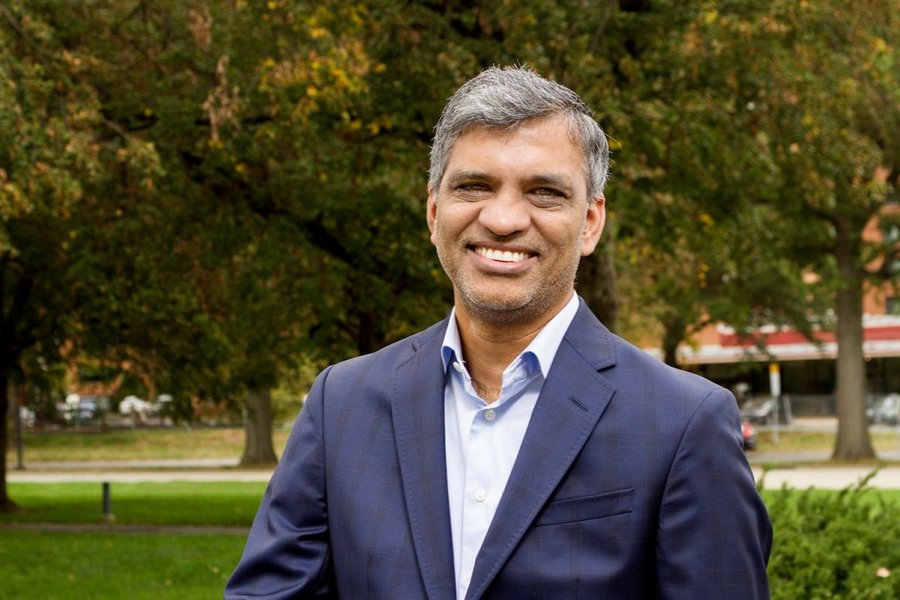



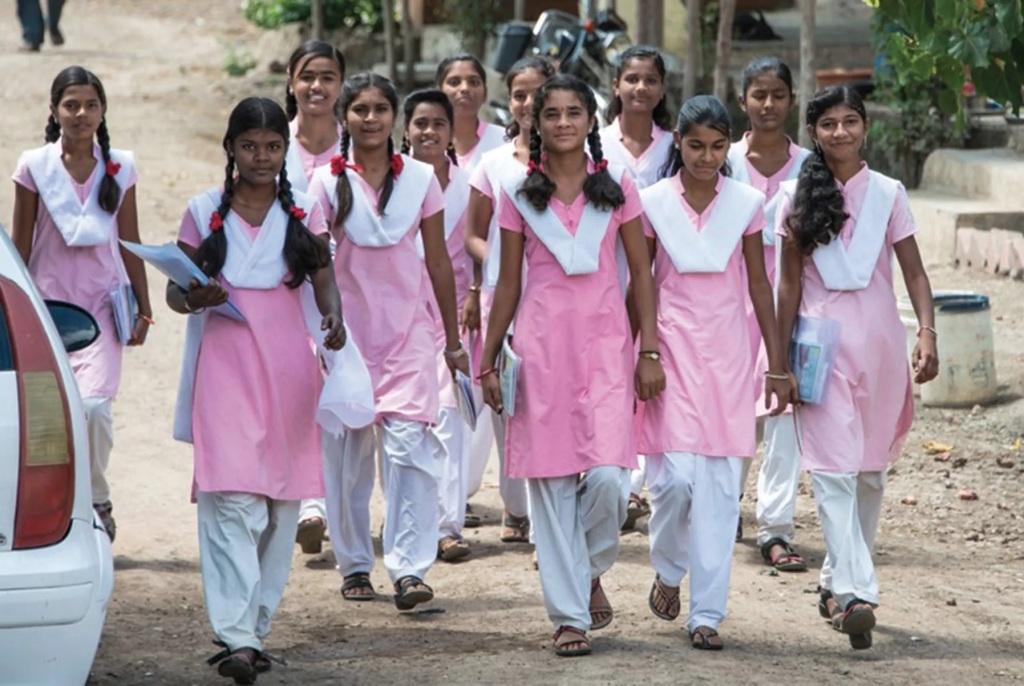
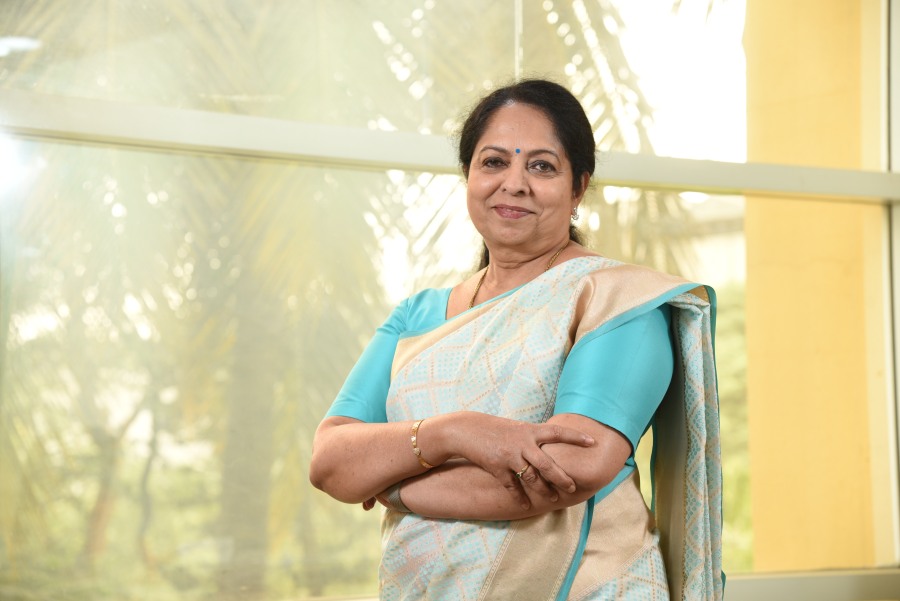
.jpg)
